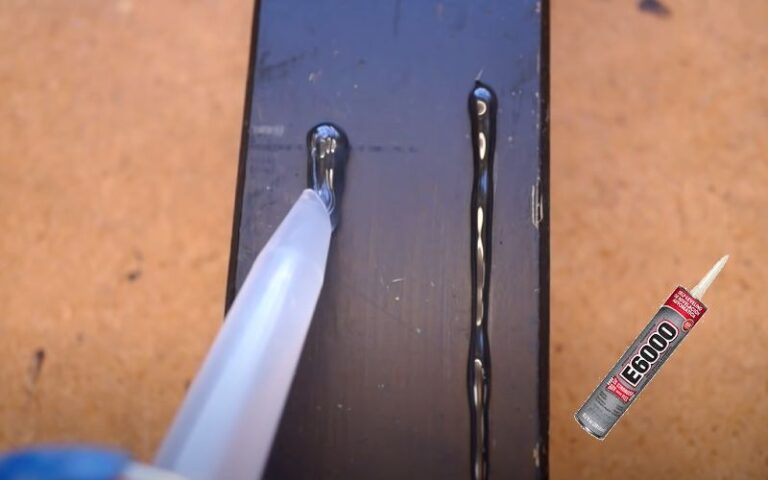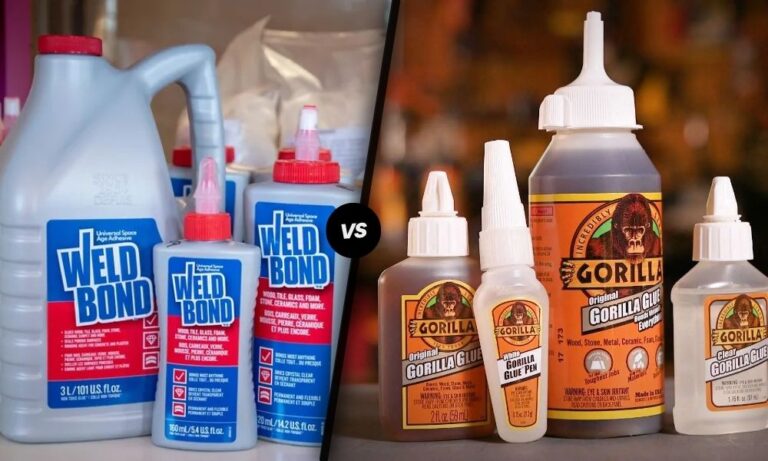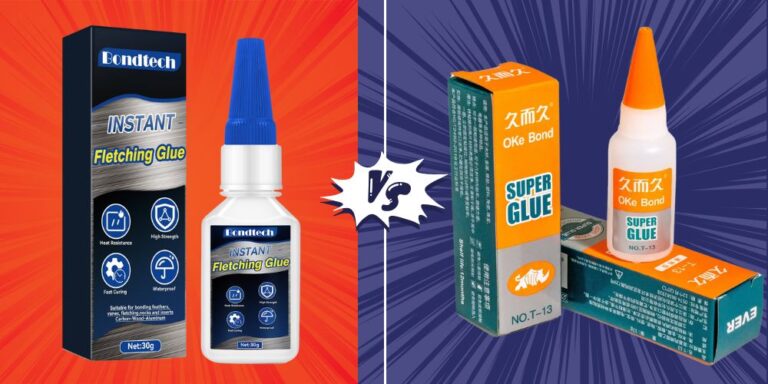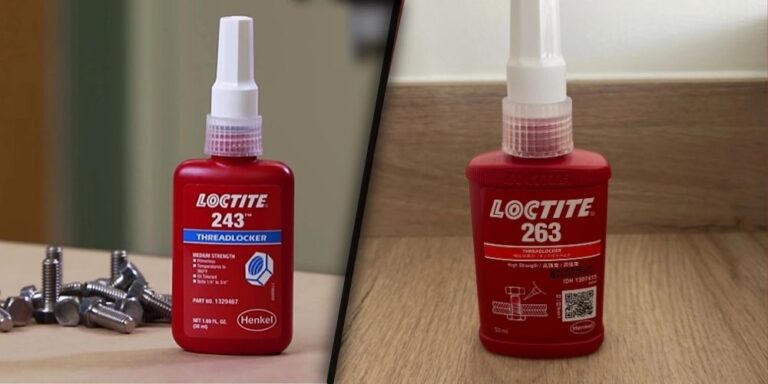Thread Sealant vs. Threadlocker: Understanding the Differences
Thread sealants and threadlockers are two important adhesives widely used in mechanical and industrial applications. While both are designed for threaded connections, their purposes, properties, and benefits vary significantly. In this article, we’ll break down the key differences, discuss how each is used, and provide data-driven comparisons to help you choose the right solution for your needs.
What Are Threadlockers?
Threadlockers are adhesives designed to prevent the loosening of fasteners due to vibration, shock, and dynamic forces. They work by curing in the absence of air (anaerobic curing) and in contact with metal, creating a bond that holds the threads firmly in place.
How Threadlockers Work
- Anaerobic Curing:
Threadlockers cure when oxygen is excluded (e.g., between the threads) and metal ions are present. This results in a hard, durable bond that can withstand mechanical stresses. - Strength Levels:
Threadlockers come in three primary strengths:- Low Strength: Allows for easy disassembly with hand tools. Ideal for small fasteners or adjustment screws.
- Medium Strength: Provides a secure hold but can still be disassembled with standard tools.
- High Strength: Designed for permanent assemblies that require significant effort to remove.
- Versatility:
Modern threadlockers can cure on inactive metals (e.g., stainless steel), tolerate minor oil contamination, and withstand high temperatures.
What Are Thread Sealants?
Thread sealants are designed to prevent fluid or gas leakage in threaded joints. They fill gaps between threads, curing to create a flexible, pressure-resistant seal. Unlike threadlockers, the focus of thread sealants is not on locking the threads but on ensuring leak-proof joints.
How Thread Sealants Work
- Sealing Properties:
Thread sealants form a barrier within the thread gaps, preventing fluids or gases from escaping. This makes them essential for piping, hydraulic systems, and gas fittings. - Lubrication During Assembly:
Many thread sealants also act as lubricants, reducing friction during the tightening of fasteners and promoting uniform torque application. - Pressure Resistance:
Once cured, thread sealants can withstand significant pressure, making them ideal for high-pressure systems in industries such as oil and gas.
Key Differences Between Threadlockers and Thread Sealants
| Feature | Threadlocker | Thread Sealant |
|---|---|---|
| Primary Function | Prevents fastener loosening due to vibration and shock | Prevents leakage of fluids and gases |
| Curing Mechanism | Anaerobic (cures in absence of air and presence of metal) | Anaerobic or through drying/chemical reaction |
| Strength Levels | Available in low, medium, and high strengths | Low locking strength; prioritizes sealing |
| Typical Applications | Automotive, aerospace, machinery | Piping, hydraulic systems, gas lines |
| Sealing Capability | Minimal | High |
| Ease of Disassembly | Depends on strength level | Usually allows for easier disassembly |
| Temperature Resistance | High (up to 230°C or more) | Moderate to high, depending on the product |
| Oil Contamination Tolerance | Moderate to High | Moderate |
Advantages of Using Threadlockers
- Prevention of Vibrational Loosening:
Threadlockers are essential in environments where fasteners are subjected to constant movement, such as in automotive and aerospace applications. - Corrosion Protection:
Threadlockers help prevent moisture from entering the threads, reducing the risk of rust and corrosion. - Enhanced Reliability:
By maintaining clamp load, threadlockers ensure that assemblies stay tight and aligned over time.
Advantages of Using Thread Sealants
- Leak Prevention:
Thread sealants are critical for ensuring leak-proof connections in fluid and gas systems. They are commonly used in industries like oil and gas, plumbing, and HVAC. - Pressure Resistance:
High-quality thread sealants can withstand pressures exceeding 10,000 PSI, making them suitable for high-pressure environments. - Temperature Adaptability:
Thread sealants are designed to perform under a wide range of temperatures, ensuring that sealed joints remain effective even under thermal fluctuations.
When to Use Threadlockers vs. Thread Sealants
Choosing the right product depends on the specific requirements of your application. Use the comparison table below to help decide:
| Application Scenario | Use a Threadlocker? | Use a Thread Sealant? |
|---|---|---|
| Fastener in a vibrating environment (e.g., engine mount) | Yes | No |
| Preventing fluid or gas leakage in a piping system | No | Yes |
| Securing an adjustment screw | Yes (low-strength) | No |
| High-pressure hydraulic system | No | Yes |
| Maintaining clamp load on critical fasteners | Yes | No |
| Preventing corrosion between threads | Yes | Moderate |
| Easily removable connection | Yes (low/medium strength) | Yes |
How to Apply Threadlockers
- Clean the Threads:
Remove any oil, dirt, or debris to ensure optimal adhesion. - Apply the Product:
Apply a small amount of threadlocker to the fastener threads. - Assemble:
Tighten the fastener as required. The threadlocker will begin curing in the absence of air. - Allow for Curing Time:
Curing time can vary depending on the product, but most threadlockers reach full strength within 24 hours.
How to Apply Thread Sealants
- Clean the Threads:
Ensure that the threads are free of oil and debris. - Apply the Sealant:
Coat the male threads with an even layer of thread sealant. - Assemble:
Tighten the joint according to the manufacturer’s specifications. - Allow for Curing:
Depending on the sealant type, curing may take a few minutes to several hours. Some sealants may cure faster under pressure.
Common Mistakes to Avoid
- Using the Wrong Product:
Applying a threadlocker where a sealant is needed (or vice versa) can lead to assembly failure. Always verify the product’s intended use. - Over- or Under-Tightening:
Incorrect torque application can compromise both the locking and sealing effectiveness of the adhesive. - Insufficient Curing Time:
Rushing the curing process can result in weakened bonds or seals. Follow the manufacturer’s recommended curing times.
Popular Brands and Products
- Threadlockers:
- Loctite 243 (medium strength, oil-tolerant)
- Permatex Blue Threadlocker
- Thread Sealants:
- Loctite 567 (high-performance thread sealant)
- RectorSeal T Plus 2
Conclusion
Both threadlockers and thread sealants play crucial roles in mechanical and industrial applications. Threadlockers are designed to prevent loosening due to vibration and mechanical stress, while thread sealants ensure leak-proof joints in fluid and gas systems. By understanding their differences, strengths, and application techniques, you can make informed choices to enhance the reliability and performance of your assemblies.
This article provided a comprehensive overview of thread sealants and threadlockers, offering insights, data comparisons, and application tips. If you have further questions or specific scenarios, feel free to reach out to adhesive manufacturers or consult product data sheets for detailed guidance.






